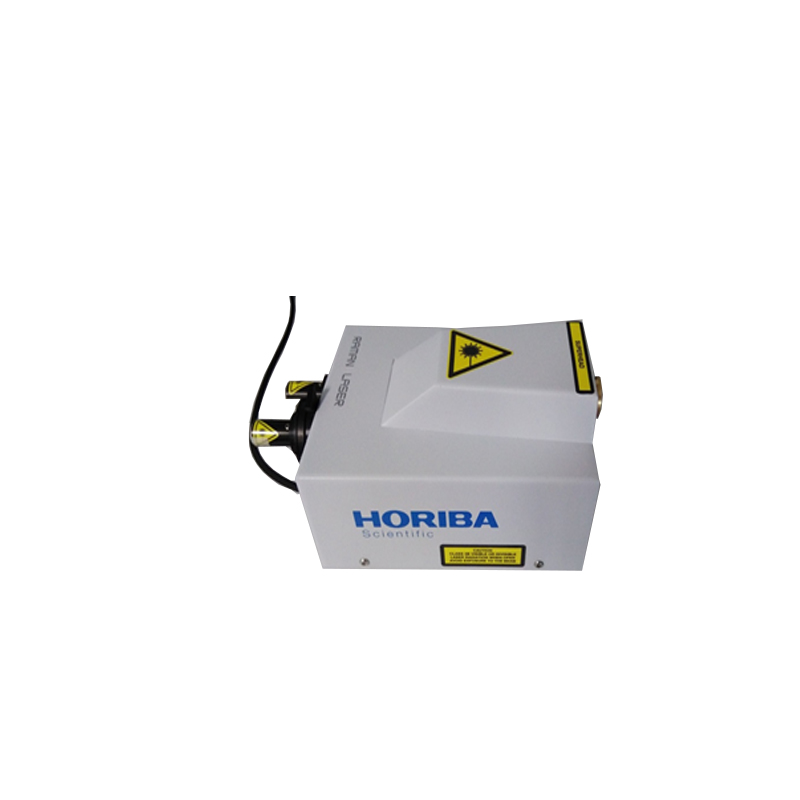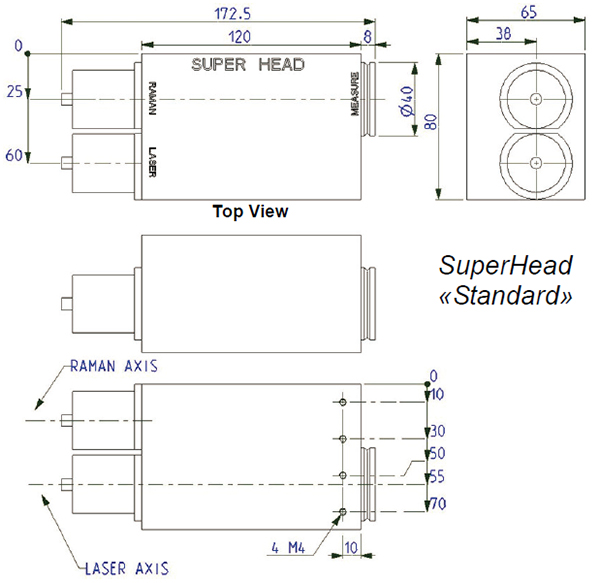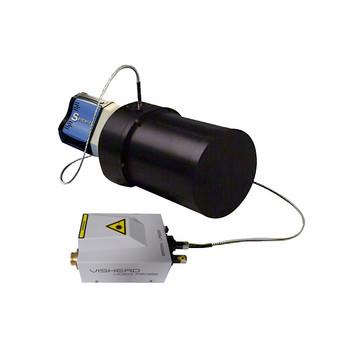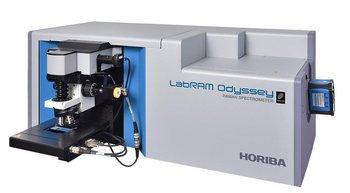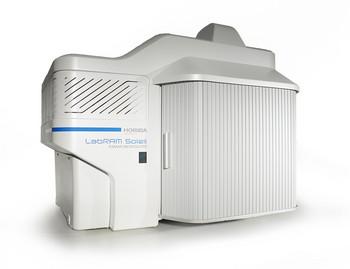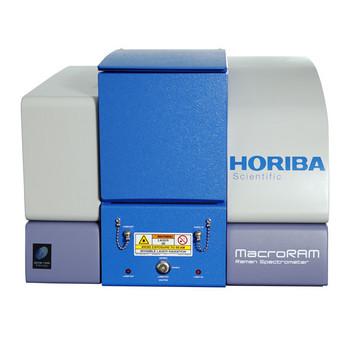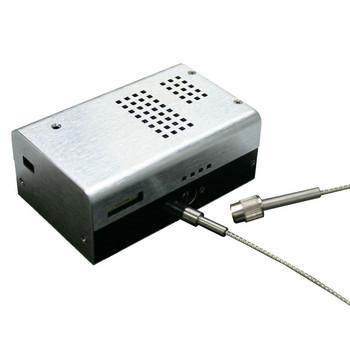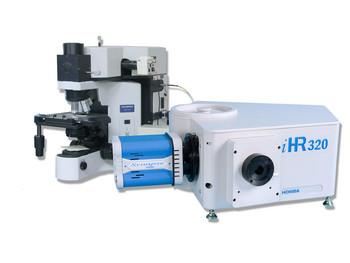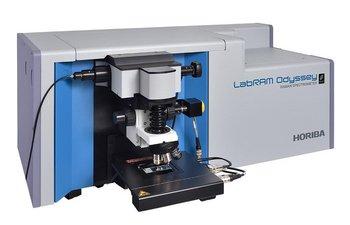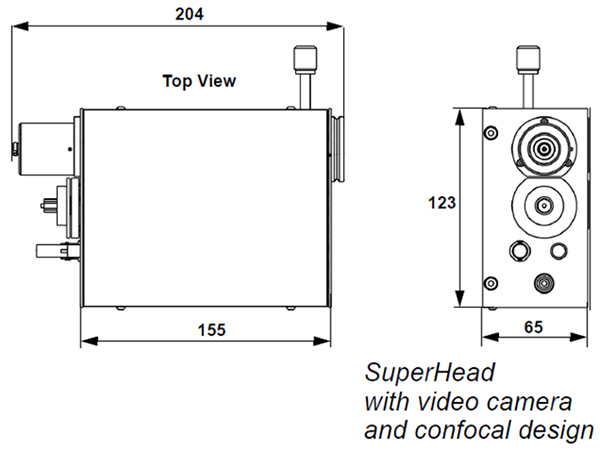
Raman Fiber Probes
Raman Spectrometers
For ultimate flexibility, fiber-coupled Raman probes offer a compact design and a rugged, robust construction for a wide range of applications. With an optional integrated camera, the user can locate a precise region of interest prior to analysis. Also available are immersion probes and non-contact optics.
Custom Probes for Remote Raman Spectroscopy
The SuperHead fiber optic probes are a range of high efficiency Raman sensors which enable in situ, non-invasive chemical analysis to be undertaken. Immersion, high temperature/pressure and integrated camera versions are available.
Each SuperHead probe is connected to an excitation laser source and spectrometer by fiber optic cables. Its rugged and robust construction means that it is suitable for a wide range of applications including true industrial reaction monitoring. It incorporates state-of-the-art technology to provide the user with a fast and efficient tool for Raman analysis.
With the optional color camera the SuperHead can function as a micro-sampling head, allowing the user to locate a precise region of interest prior to analysis. Piezo controlled focusing ensures optimized signal levels. The Confocal SuperHead goes one step further, offering true confocal performance for ultimate depth resolution, allowing individual layers to be distinguished, and interfering substrates to be ignored.

- Compact, robust design
- Optional integrated color video camera
- Optional confocal optics
- Immersion and standoff probes available
- High pressure/temperature probes
The SuperHead is a high efficiency Raman sensor which enables in situ, non-invasive chemical analysis to be undertaken. The purpose of the Raman probe is to efficiently deliver the laser beam to sample material, and to collect and filter the returning Raman signal.
The SuperHead uses a single fiber for delivering the laser excitation and another fiber for signal collection. High efficiency filters incorporated within the rpobe provide effective laser and Raman filtering.
The SuperHead is designed for one specific wavelength. Several versions are available.
The SuperHead can perform measurements in a non-contact/non-invasive mode or in an immersion mode, using specific accessories.
Hardware
Lasers
The SuperHead probe is available with a wide variety of excitation wavelengths; 442 nm, 457 nm, 476 nm, 488 nm, 514 nm, 532 nm, 568 nm, 633 nm, 647 nm, 785 nm, and 1064 nm.
Probes
The standard SuperHead optical scheme is shown below. An FC/PC terminated fiber is used to introduce the laser excitation source to the probe where it is then directed to the sample through an objective or focusing lens. A set of filters are used to both “clean up” the laser line and filter the laser light from the Raman signal.
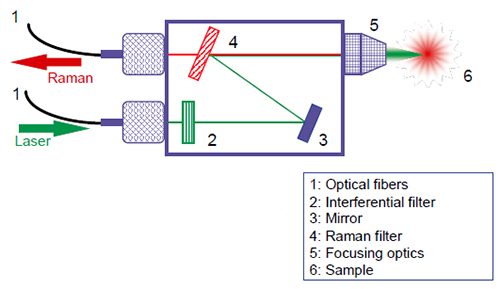
Spectrometers
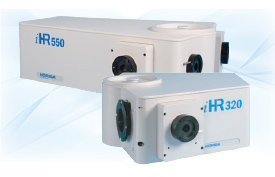
A range of spectrometers are available for integrating into your own Raman experiment, with focal lengths and resolutions to suit all requirements – ranging from 140 mm to 550 mm and above. Whether the application is for routine screening, fluorescence and PL mapping, or detailed high resolution Raman research, the spectrometer to match is available.
- High precision spectrometers with low stray light levels and options for high spectral resolution
- Gratings and sampling optics optimized for Raman
- Upgradeable spectrometer platform ready to expand to fluorescence, PL, and optical spectroscopy
Click here to view all of the available spectrometers.
Detector
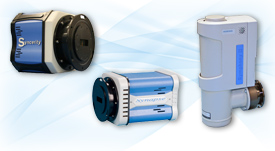
A range of detectors are available for integrating into your own Raman experiment, with different chip architectures and various degrees of cooling to suit all requirements. Whether the application is for rapid measurements or very weak Raman scattering samples, there is a detector to match.
- High sensitivity CCD detectors for UV-VIS
- Linear InGaAs arrays for near-IR response
- Deep cooling for low dark current (thermoelectric or LN2 cooling)
Software
LabSpec 6 Spectroscopy Software
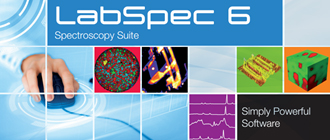
The LabSpec6 spectral software suite used on all the HORIBA analytical and research Raman spectrometer systems is now also available for modular Raman systems. It has been designed and written as a dedicated Raman spectroscopy package and offers many powerful capabilities not found in a basic spectroscopy software.
Accessories
ConfHead Probe
The SuperHead device is available with a confocal design (termed a ConfHead). The principle is shown in the figure below. The laser beam is directed to the sample from a small core fiber (typically 10 µm), which produces a very small spot. The scattered Raman light is collimated to a 50 – 100 µm fiber. The small core fiber and a longer collection focal length produce a higher x-y-z discrimination on the sample.
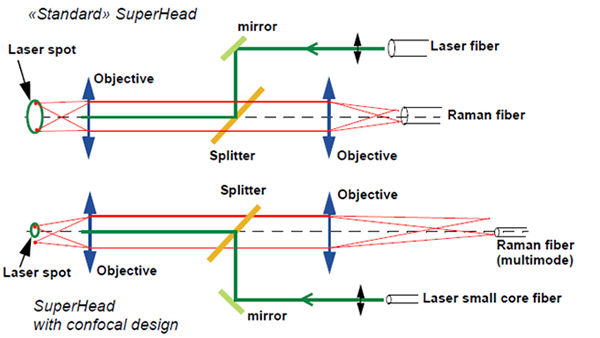
VisHead Probe
With the optional color camera, the SuperHead can function as a micro-sampling head, allowing the user to locate a precise region of interest prior to analysis (termed a VisHead). Piezo controlled focusing ensures optimized signal levels.

DTI Extension
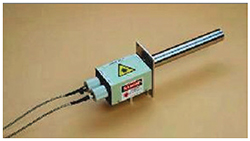
The DTI extension is used for immersion measurements in extreme environmental conditions. It is comprised of an external shielding tube equipped with removable quartz window at the tip and an internal extension equipped with collection optics (lens or objective).
SRI Extension

The SRI extension is used for immersion or contact measurements. It is equipped with a lantinum spherical lens with high numerical aperture and short working distance (typically a few 100 µm). It is useable at temperatures up to 300°C and pressures up to 300 MPa.
Tripod
The tripod can be used with any version of the SuperHead probe. It is equipped with a manual XY stage for fine positioning of the sample.
SuperHead Arm
The SuperHead arm provides a highly stable multi-axis arm to which the SuperHead may be mounted.

